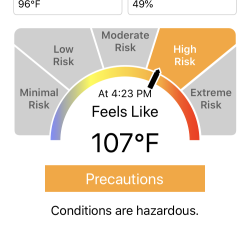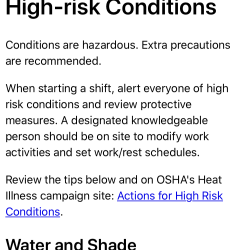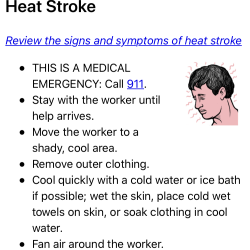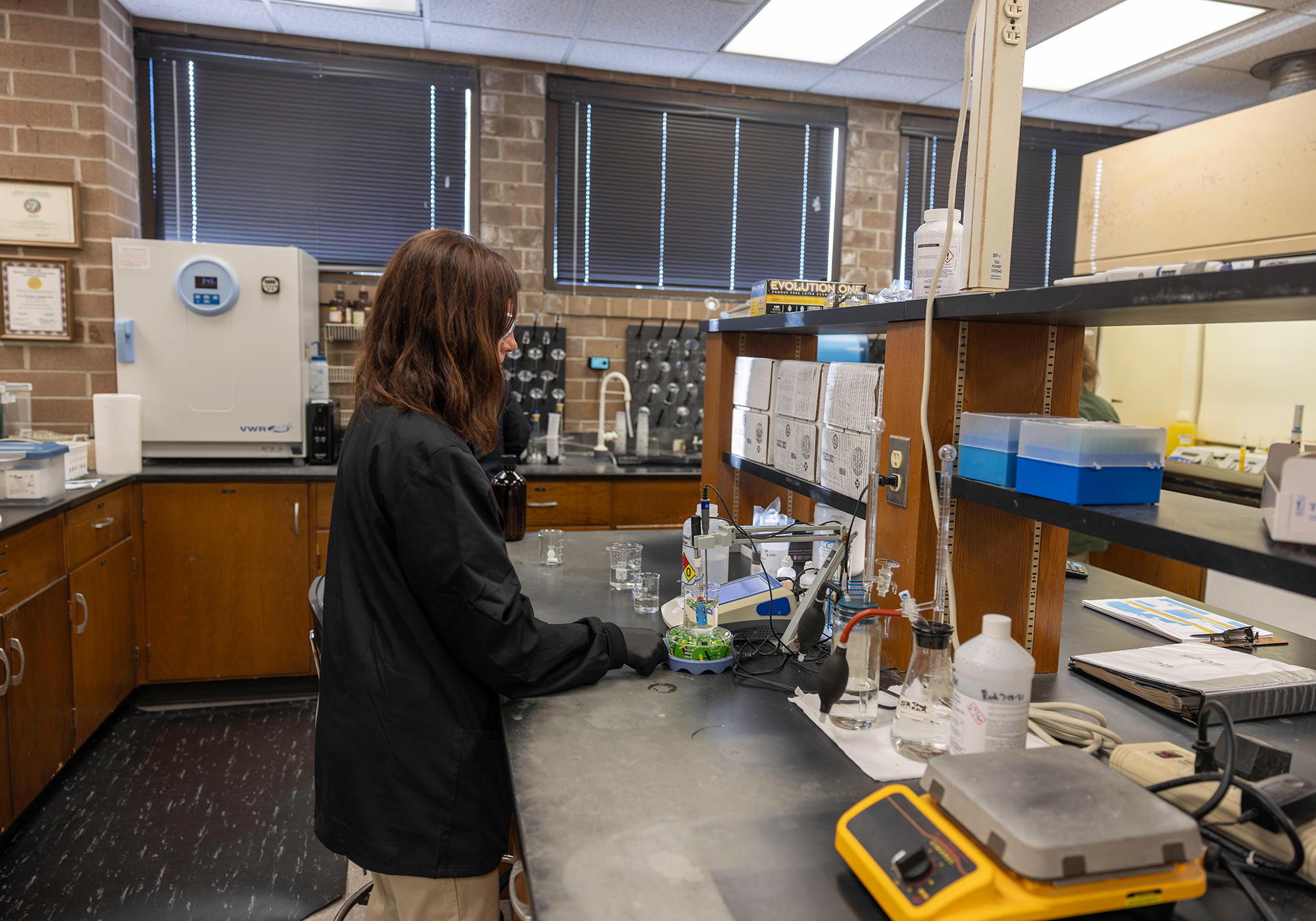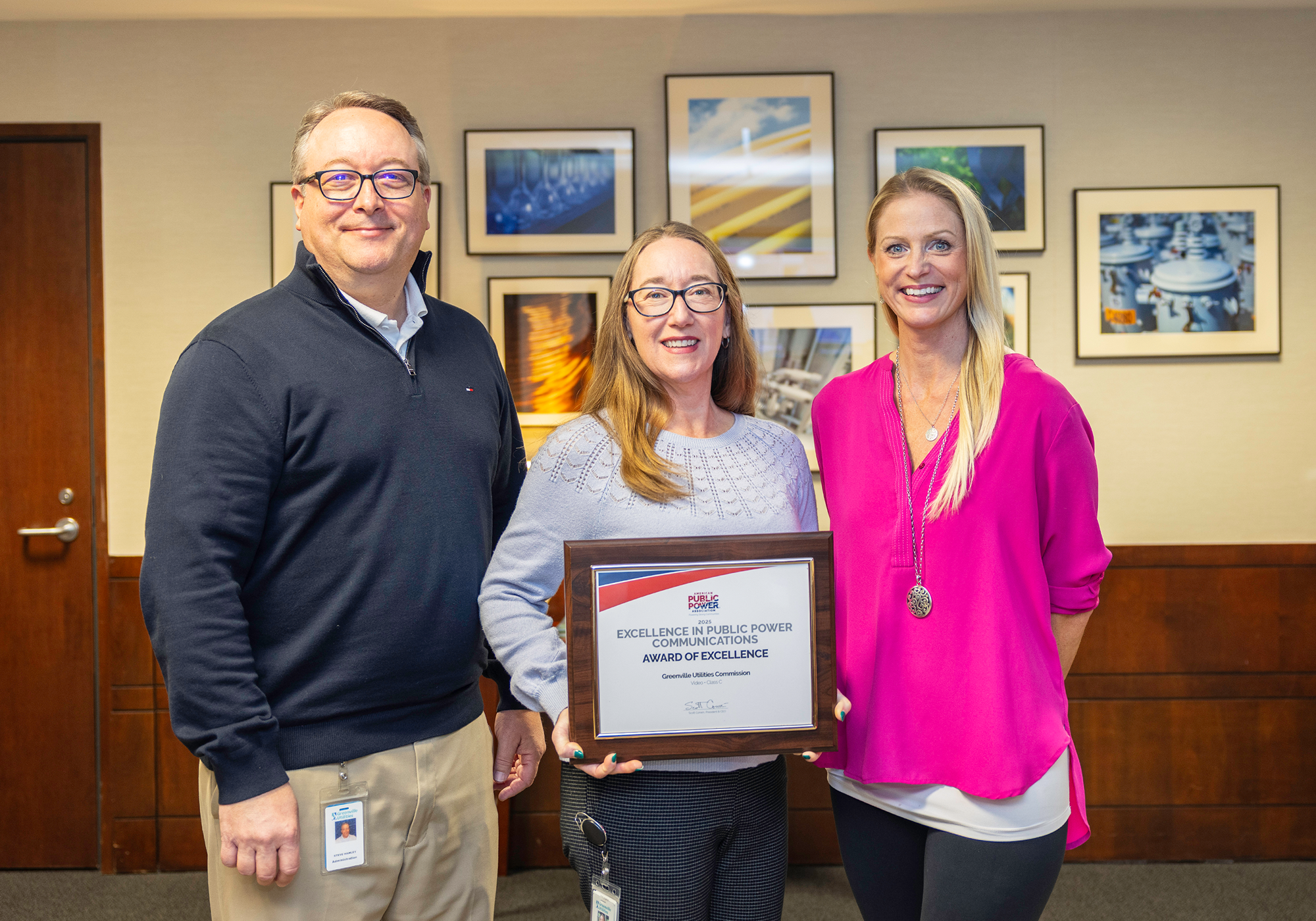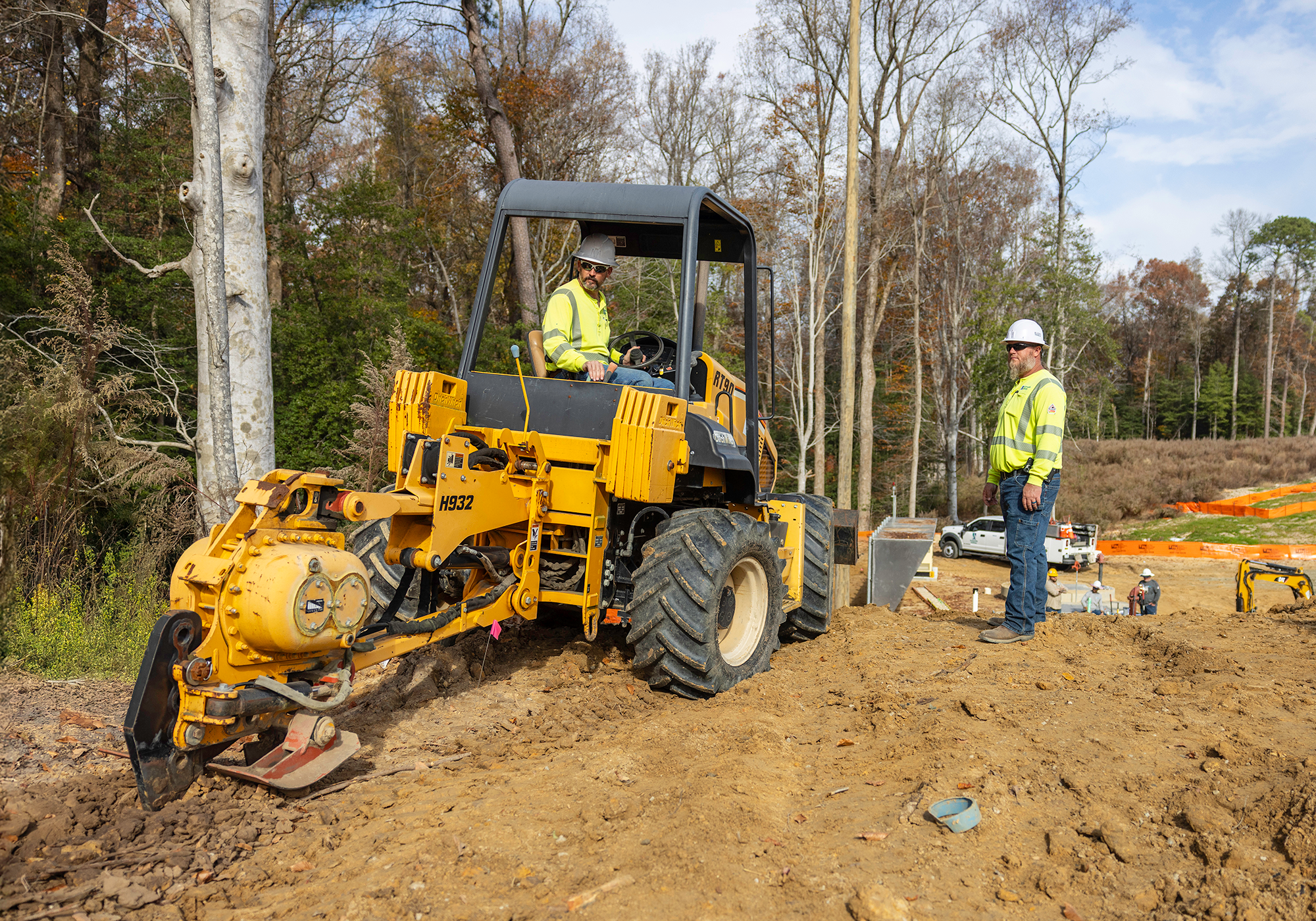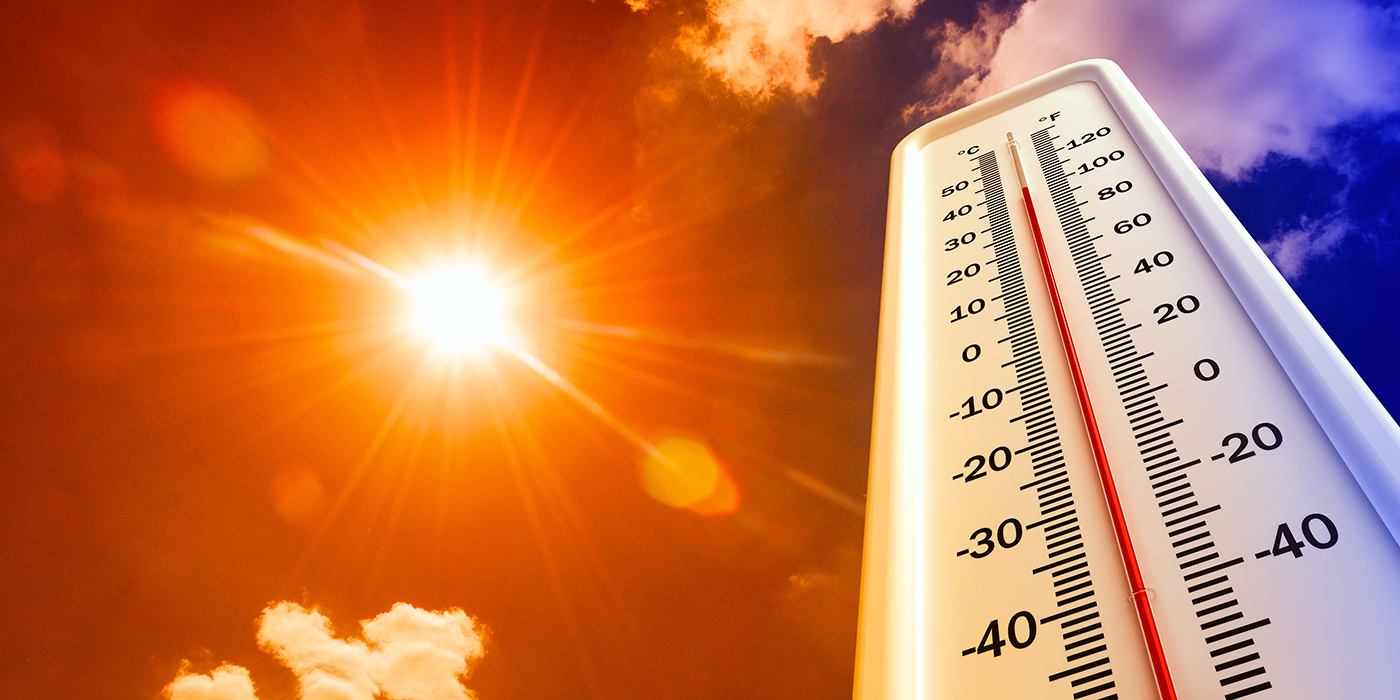
Some may say "it's not the heat, but the humidity" that makes the dog days of North Carolina summers so brutal. In reality, it’s the combination of both that can create potentially dangerous conditions for outdoor activities and work. June had one scorching week of temperatures in the 90s, and July is packing temperatures in the 90s and heat indices of over 100 degrees.
With this in mind, it's important to keep heat-related illness and injury prevention in the forefront of our minds both at work and home. Here are a few safety reminders to help prevent and treat heat-related illnesses.
OSHA-NIOSH Heat Safety Tool
Available as a free download for Android and Apple devices, the Occupational Safety and Health Administration (OSHA) - National Institute for Occupational Safety and Health (NIOSH) Heat Safety Tool is a useful resource for planning outdoor work activities based on how hot it feels throughout the day.
The OSHA-NIOSH Heat Safety Tool features:
- A visual indicator of the current heat index and associated risk levels specific to your current location.
- Precautionary recommendations specific to heat index-associated risk levels.
- An interactive, hourly forecast of heat index values and risk level, and recommendations for planning outdoor work activities in advance.
- Editable location, temperature, and humidity controls for calculating variable conditions, signs, and symptoms and first aid information for heat-related illnesses.
To download on your personal phone, simply search for “OSHA NIOSH” in the Google Play Store or Apple App Store.
Heat-Related Illnesses
Working in high temperatures, high humidity, direct sunlight, and near radiant heat sources while doing strenuous physical activities can result in heat-related illnesses and injuries. The body normally cools itself by sweating, but during hot weather, sweating isn't enough. The body temperature can rise to dangerous levels and if precautions are not taken, heat stroke, heat exhaustion, or heat cramps can result.
Heat can also increase the risk of other injuries in workers because of sweaty palms, fogged-up safety glasses, and dizziness. It is important to remember that heat-related illnesses and injuries are preventable by taking the following precautions:
- Workers at greater risk include those who are 65 or older, are overweight, have heart disease or high blood pressure, or take medications that may be affected by extreme heat.
- Drink water often, about 1 cup every 15-20 minutes.
- Rest by taking frequent breaks in the shade or air conditioning.
- Wear light colored, loose fitting, light weight clothing when possible.
Acting Quickly Saves Lives
Look out for the symptoms of heat illnesses in yourself and others during hot weather. Acting quickly can save lives, so plan for an emergency and know what to do.
If experiencing less severe symptoms, such as muscle pains or spasms,
- Stop working and sit in a cool place
- Drink plenty of clear fluids
- Wait a few hours before continuing to work
More severe symptoms include hot, dry skin or profuse sweating, extreme weakness, pale complexion, chills, and dizziness. If this occurs,
- Call 911 and GUC’s Station 1
- Move the victim to a shaded area and turn them on their side
- Fan the victim vigorously until help arrives.

